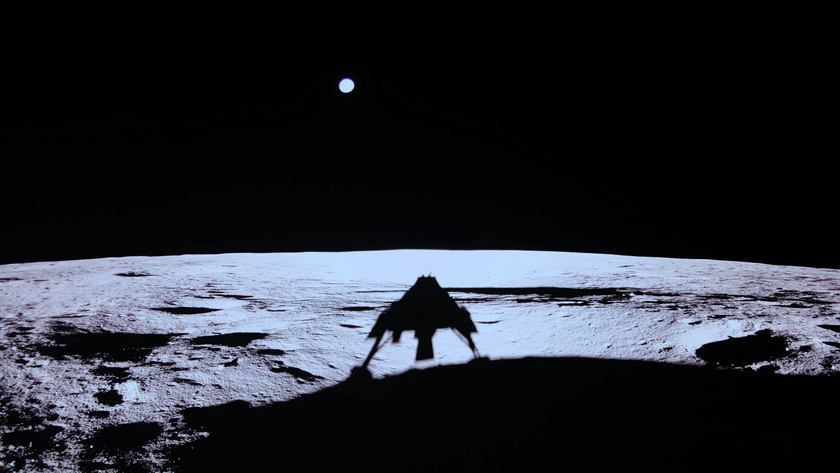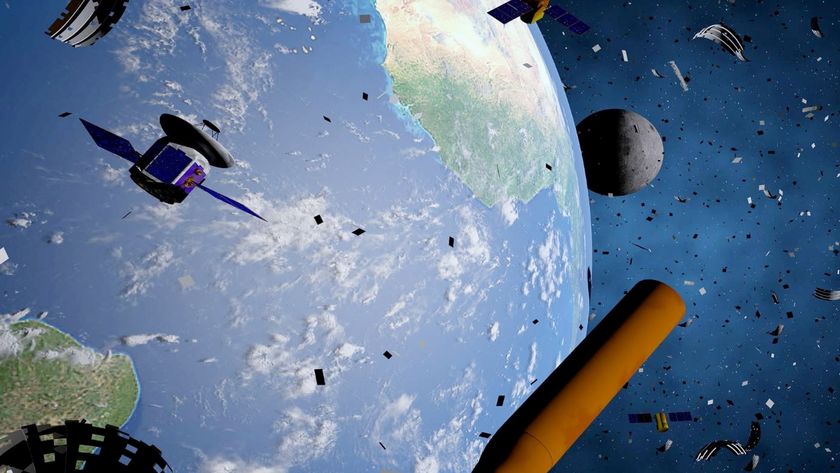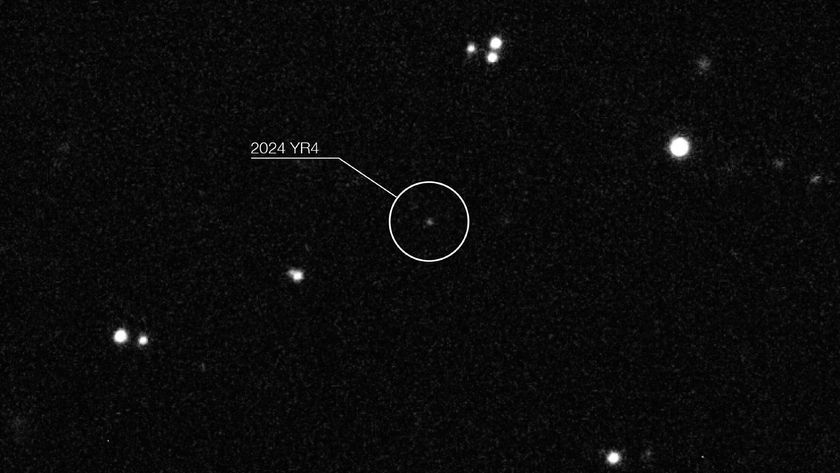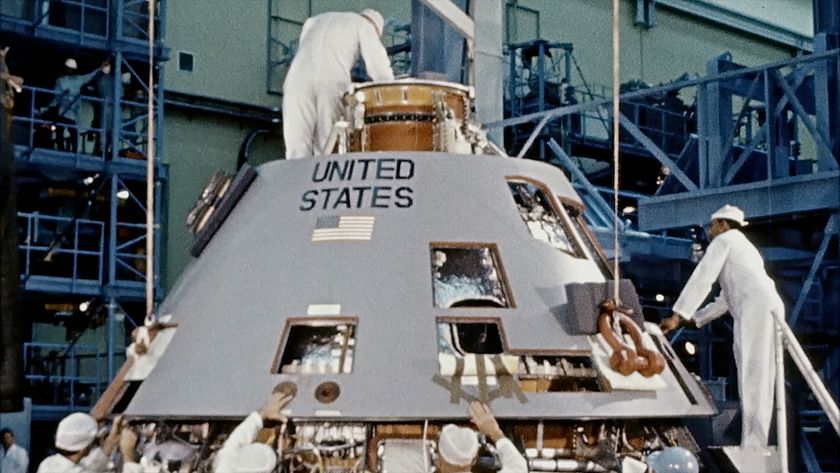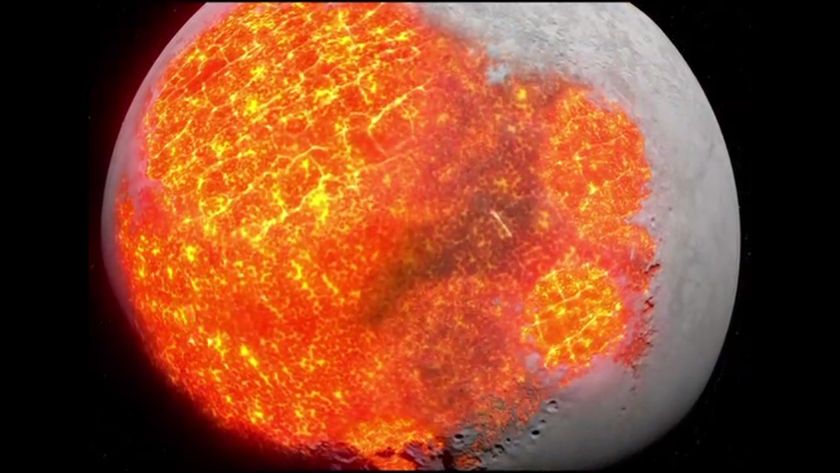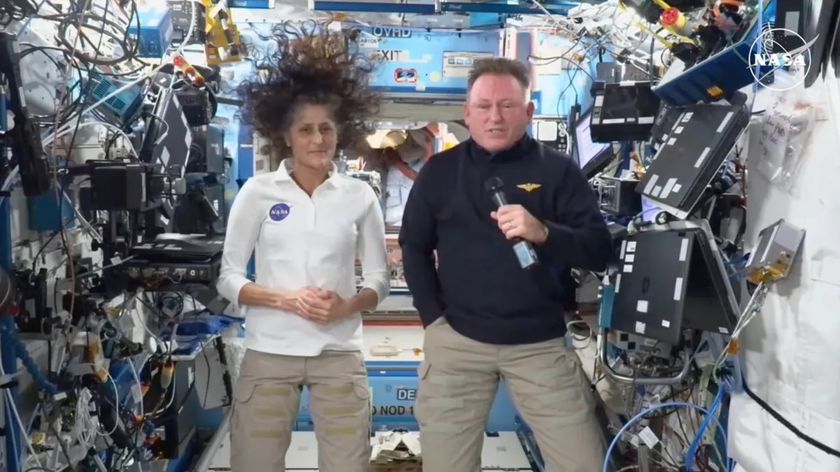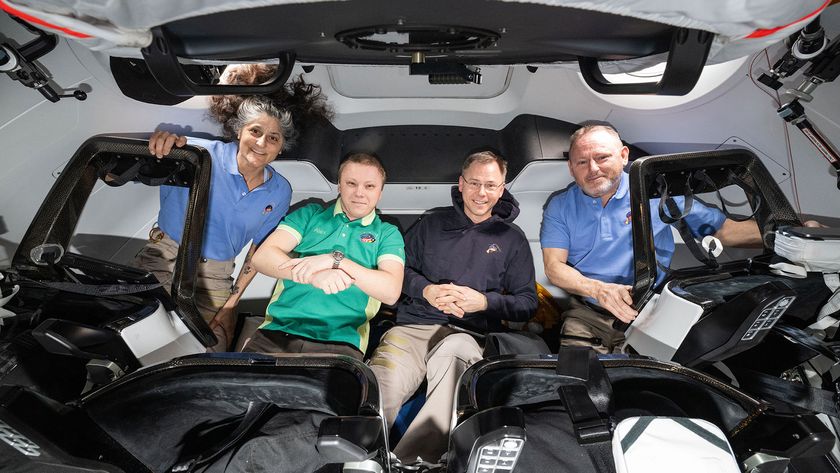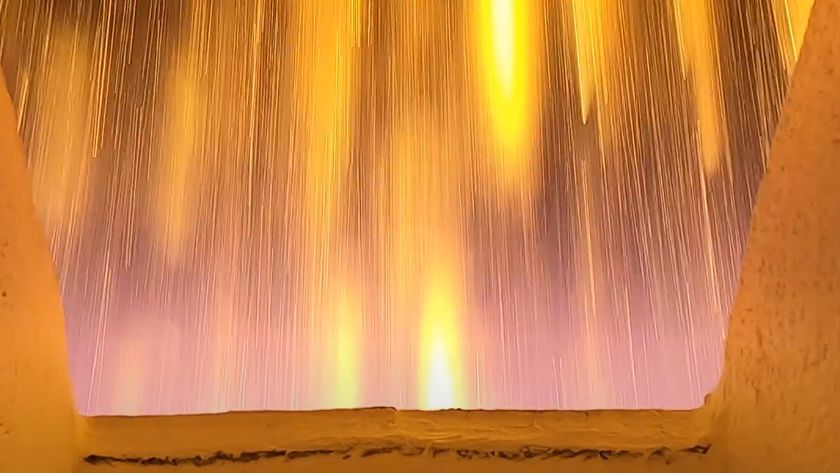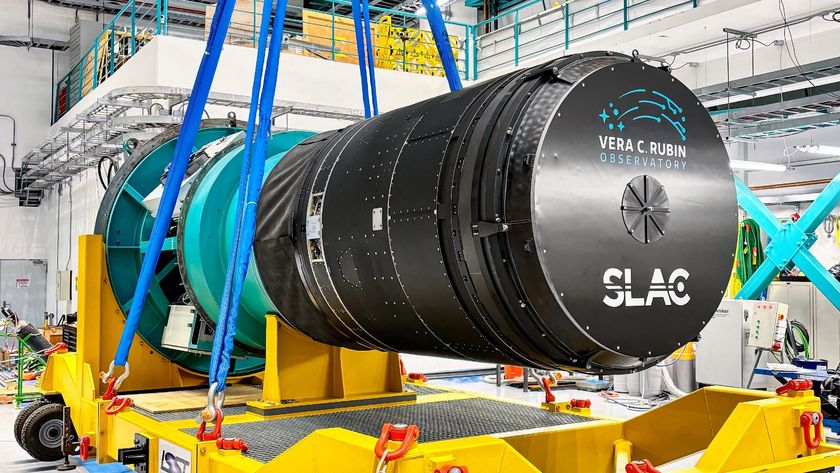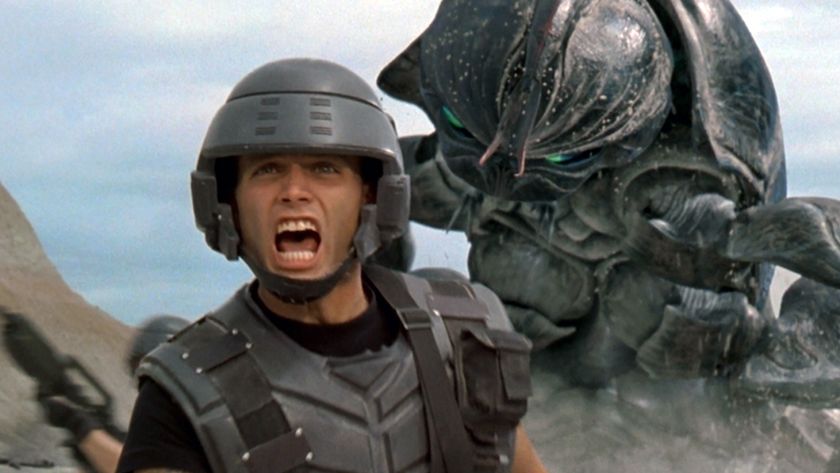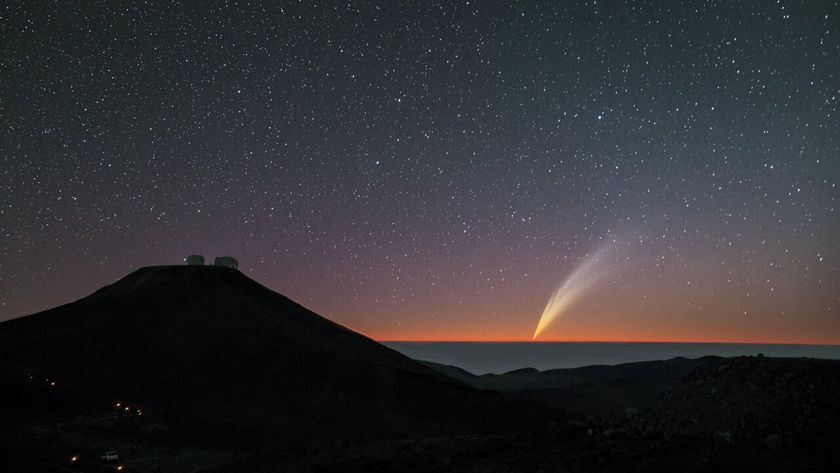Space Junk Problem Is More Threatening Than Ever, Report Warns
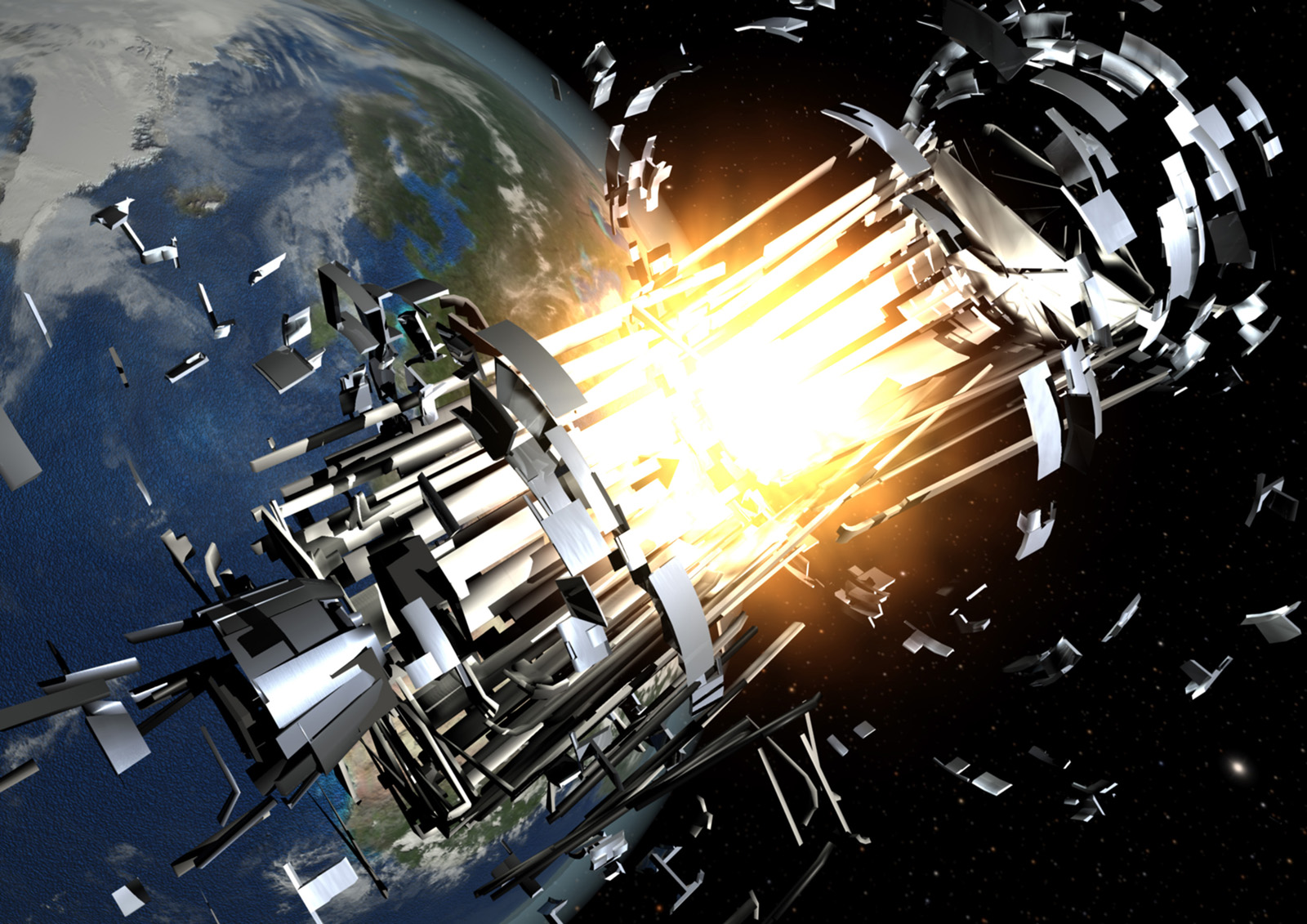
There is so much junk in space that collisions could start to increase exponentially, leading to a continuously growing pile of rubble in orbit, a new report warns.
The independent report, released today (Sept. 1), surveyed NASA's work to meet the threat of space debris. It was sponsored by NASA, and conducted by the National Research Council, a nonprofit science policy organization.
Space debris — an accumulation of broken satellites, spent rocket stages and other junk in orbit — is dangerous because it could hit and damage working satellites, as well as spacecraft like the International Space Station. [Worst Space Debris Events of All Time]
Furthermore, when two pieces of junk collide, they can break apart into many smaller pieces, significantly increasing the amount of debris in space. This happened, for example, in the 2009 crash of a U.S. Iridium communications satellite and a broken Russian spacecraft.
It's a problem that will likely become more visible, and urgent, over time.
Kessler Syndrome
"Space is becoming essential to our current civilization," Donald Kessler, chairman of the report committee and retired head of NASA's Orbital Debris Program Office, told SPACE.com. "If for any reason we weren’t able to use satellites as easily as we do today, there would be a reduction in the standard of living."
Get the Space.com Newsletter
Breaking space news, the latest updates on rocket launches, skywatching events and more!
The situation we're in now is called the Kessler Syndrome, a term named after Kessler, in which the amount of debris has reached a critical threshold. There is now enough orbital debris that collisions will cause a continual cascade, with each adding to the total amount of debris and increasing the chances of further collisions, according to several studies, Kessler said.
"Even if we add nothing else to orbit, the amount of debris could continue to increase as a result of random collisions between fairly large objects," Kessler said. "You'd generate debris faster than the natural decay process could return it."
Budget woes
But while the dangers posed by growing orbital detritus are increasing, NASA's budget and management structure has not kept pace, the new report found.
"The program really started from the ground up and has expanded over the last 35 years considerably, and has a lot more facets to it," Kessler said. "Its responsibility keeps increasing, but the management and funding just has not kept up with the program."
Another complication is the fact that most of NASA's space debris programs consist of a single staff member.
"If anyone retires or moves you have a pretty large gap," Kessler said. "There's usually just one civil servant that's been charged with a whole bunch of things."
Primary among the report's recommendations is for NASA to come up with a strategic plan to prioritize the areas within its micrometeoroid and orbital debris program that deserve the most funding and attention.
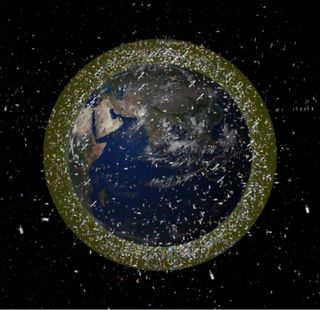
Crunching the numbers
The report also highlighted the need for NASA to spearhead the gathering of urgently needed data in several areas to improve scientific models and predictions of the effect of debris collisions. For example, the committee recommended that NASA study the differences in how various types of spacecraft behave and break up during a collision.
The report also recommends that NASA help establish a better database of information about spacecraft anomalies. Too often companies don't share details about problems that occur on their satellites, often for proprietary reasons. But this information is important for calculations about how spacecraft fail and become uncontrollable.
Kessler suggested that an anonymous registry would allow companies to share information without attaching their names to the data.
Currently, NASA's programs focus on studying and tracking orbital debris. At some point, however, it will likely become necessary to somehow remove especially risky pieces of junk from orbit. That will require technology that doesn't exist yet.
"The program has been very good at identifying the need to clean space, but in terms of the how-you-do-it part, the technology required is going to require quite a lot of work," Kessler said.
You can follow SPACE.com senior writer Clara Moskowitz on Twitter @ClaraMoskowitz. Follow SPACE.com for the latest in space science and exploration news on Twitter @Spacedotcom and on Facebook.
Join our Space Forums to keep talking space on the latest missions, night sky and more! And if you have a news tip, correction or comment, let us know at: community@space.com.

Clara Moskowitz is a science and space writer who joined the Space.com team in 2008 and served as Assistant Managing Editor from 2011 to 2013. Clara has a bachelor's degree in astronomy and physics from Wesleyan University, and a graduate certificate in science writing from the University of California, Santa Cruz. She covers everything from astronomy to human spaceflight and once aced a NASTAR suborbital spaceflight training program for space missions. Clara is currently Associate Editor of Scientific American. To see her latest project is, follow Clara on Twitter.
